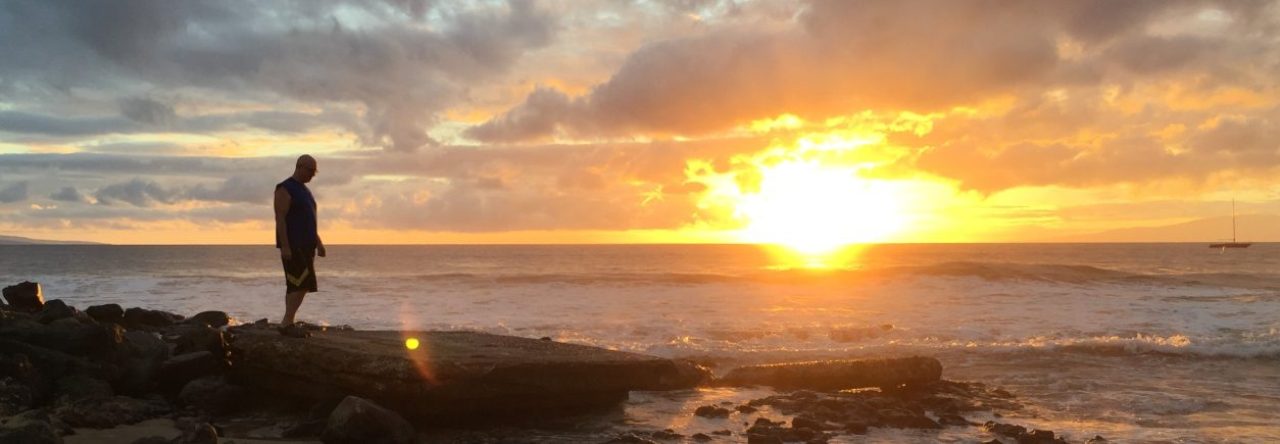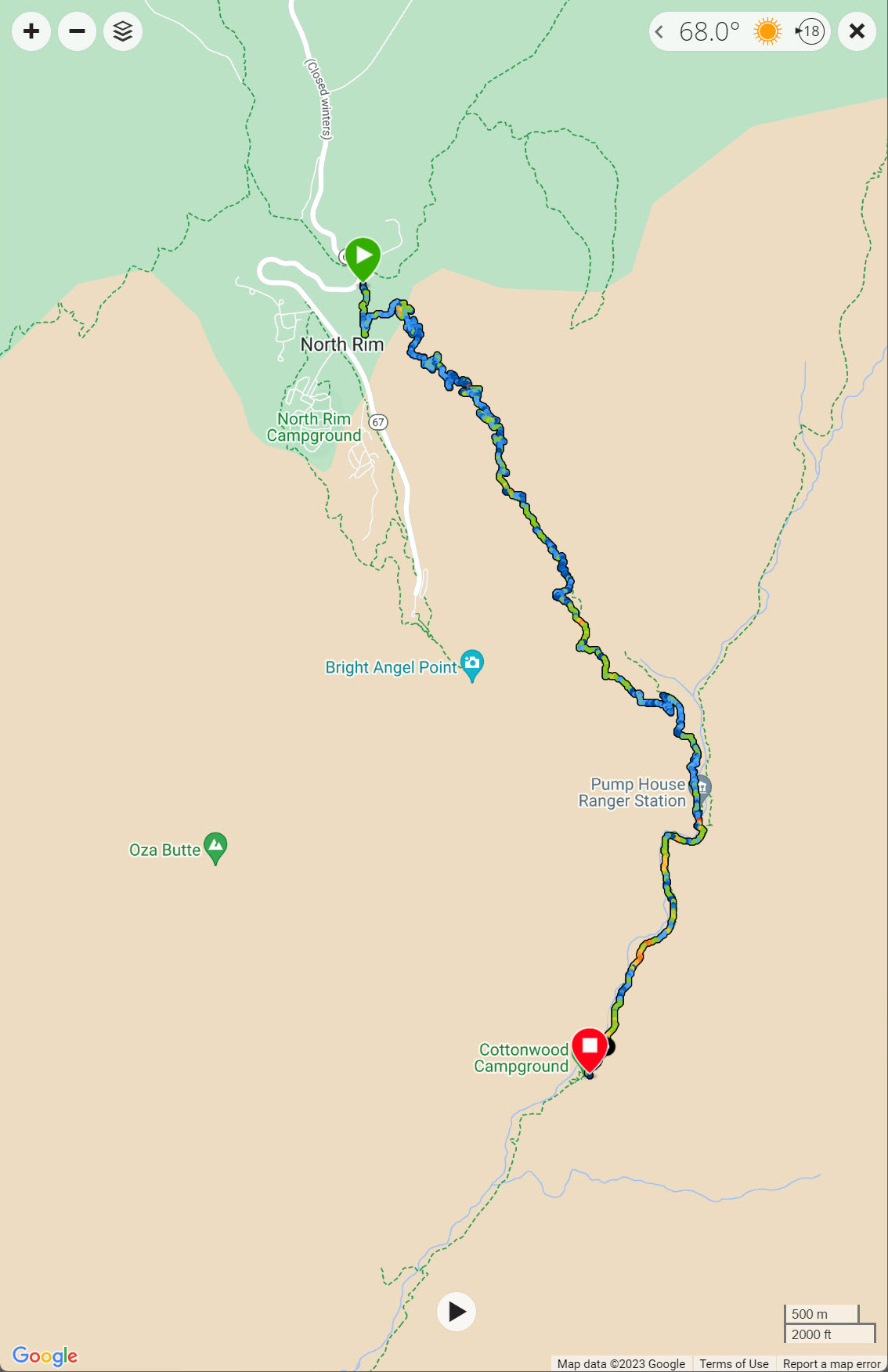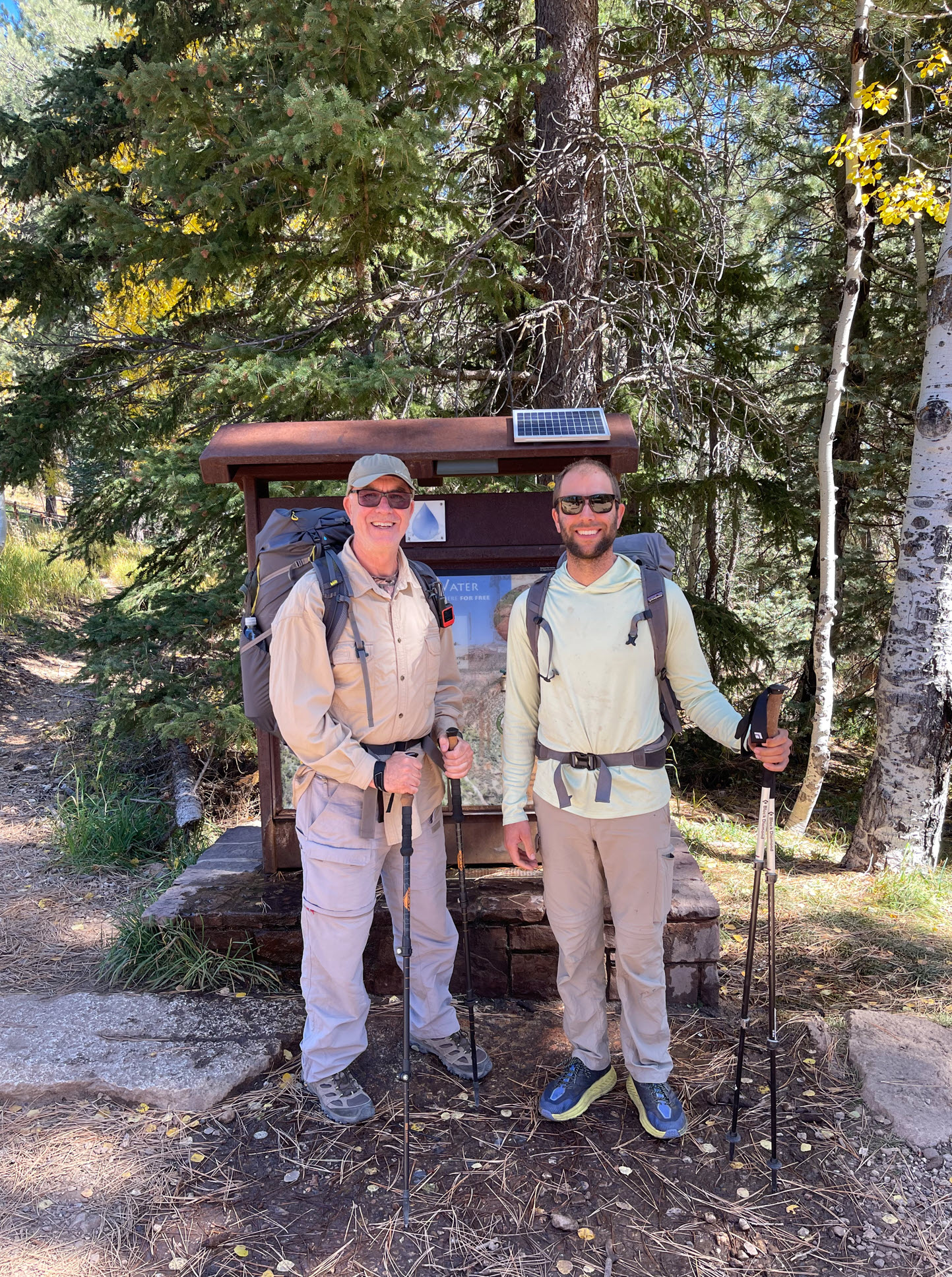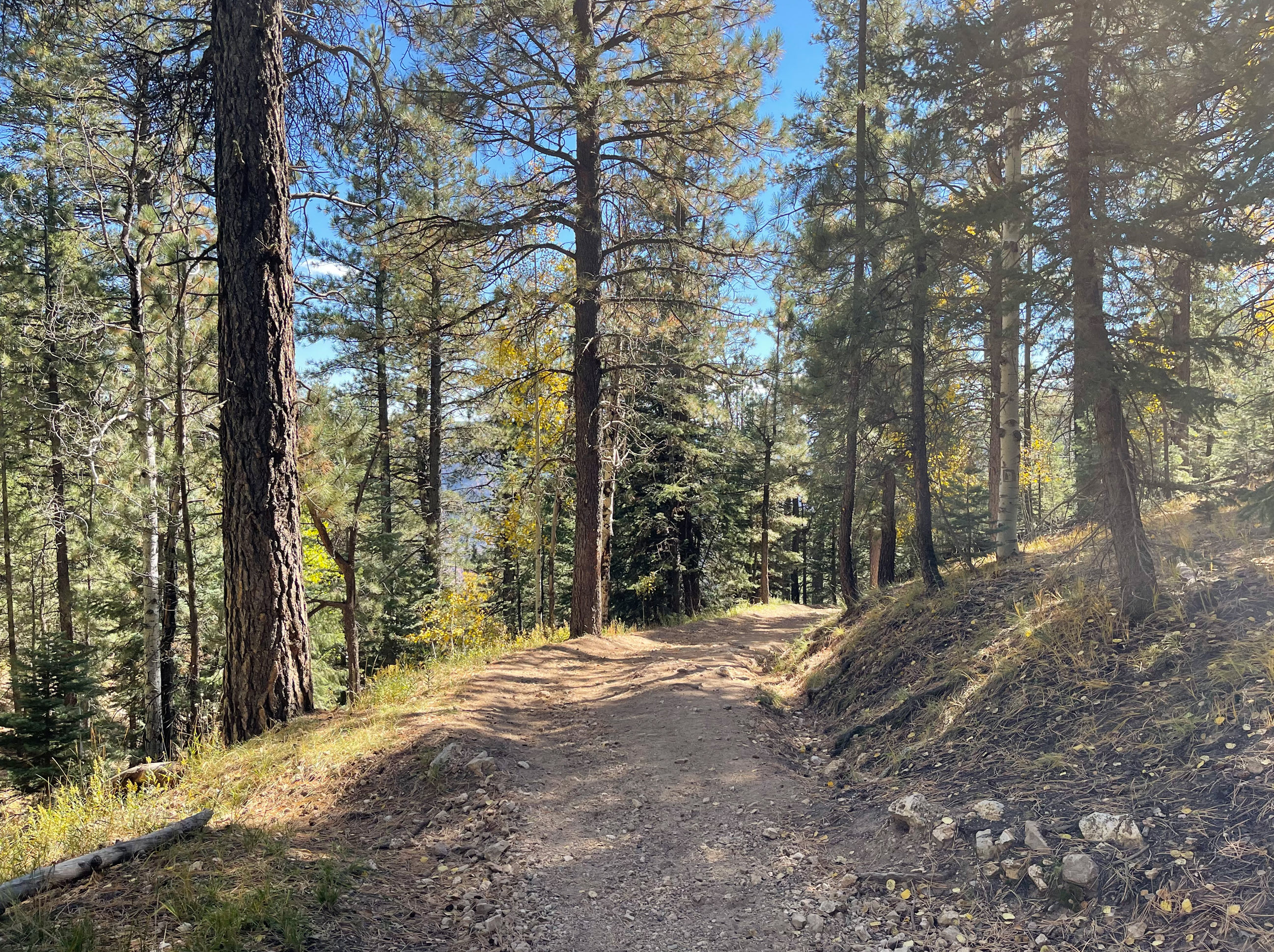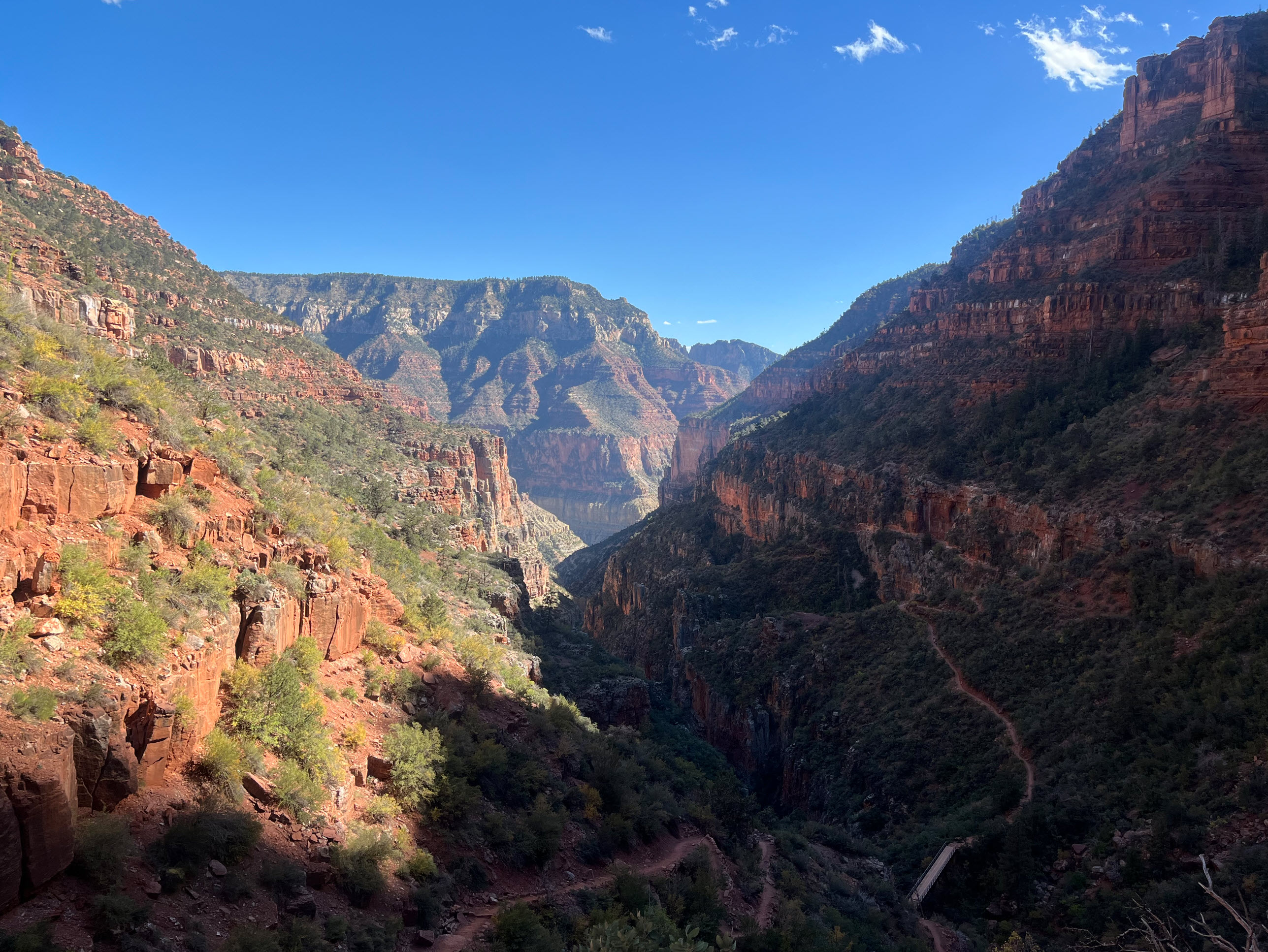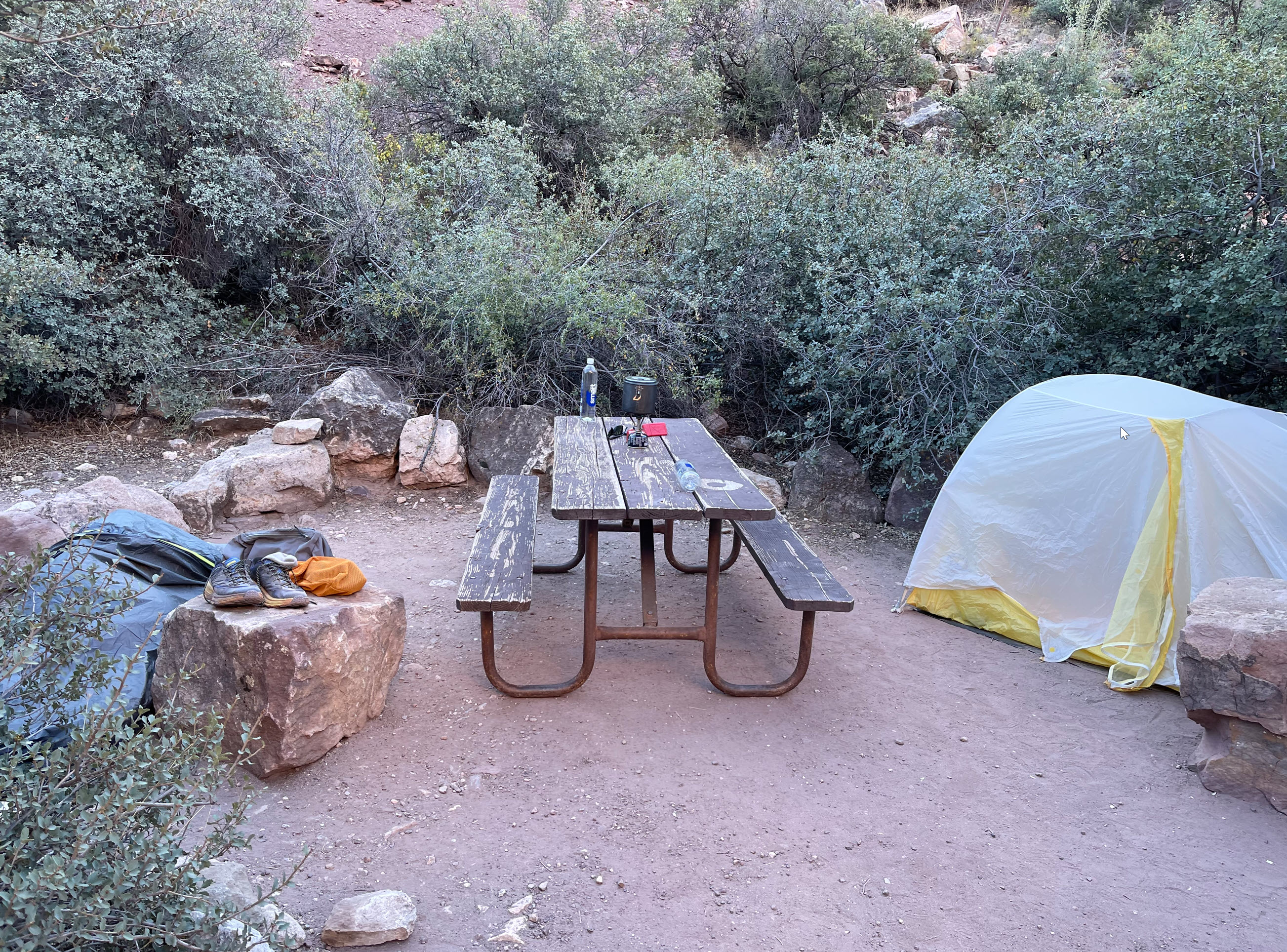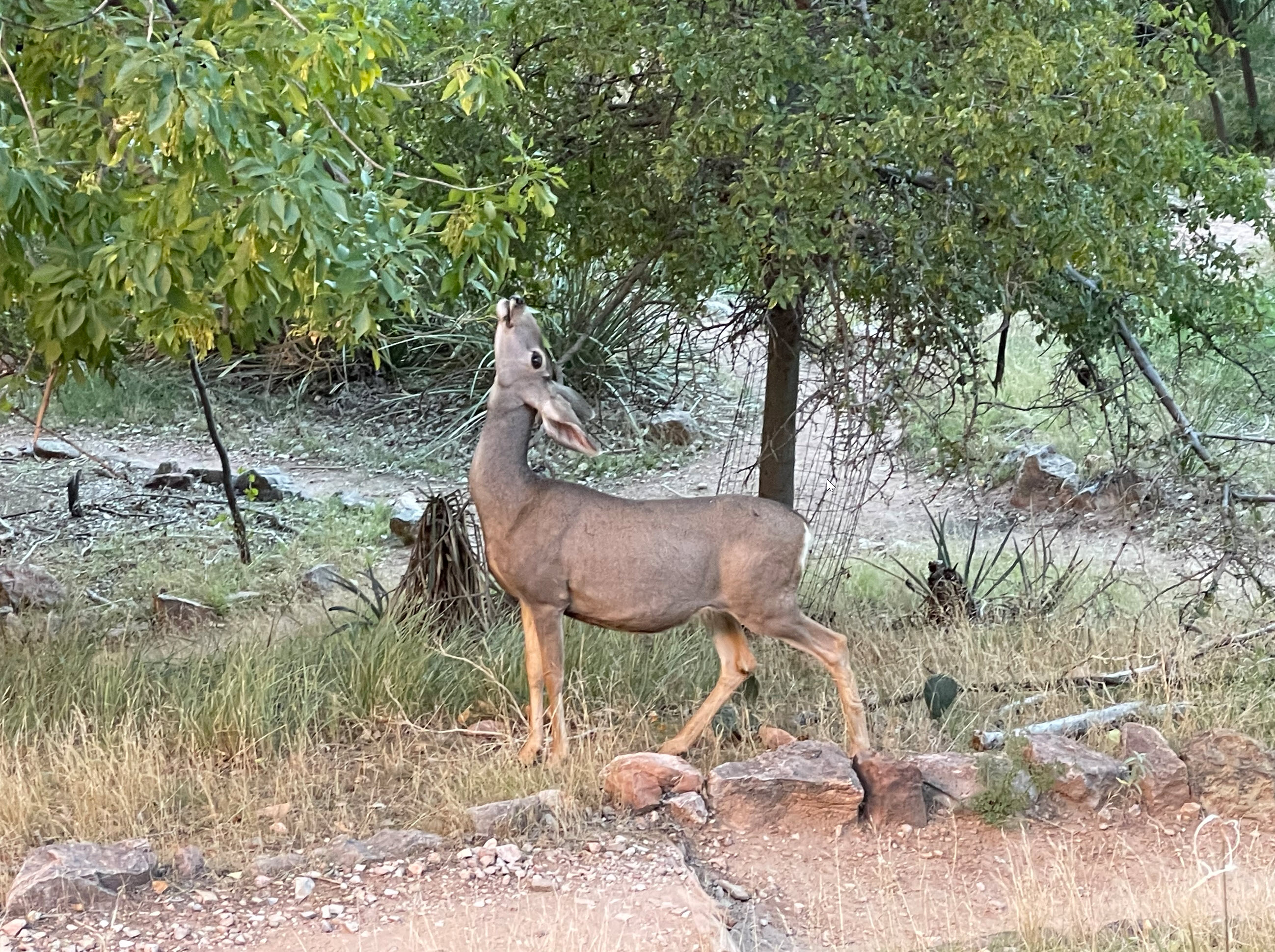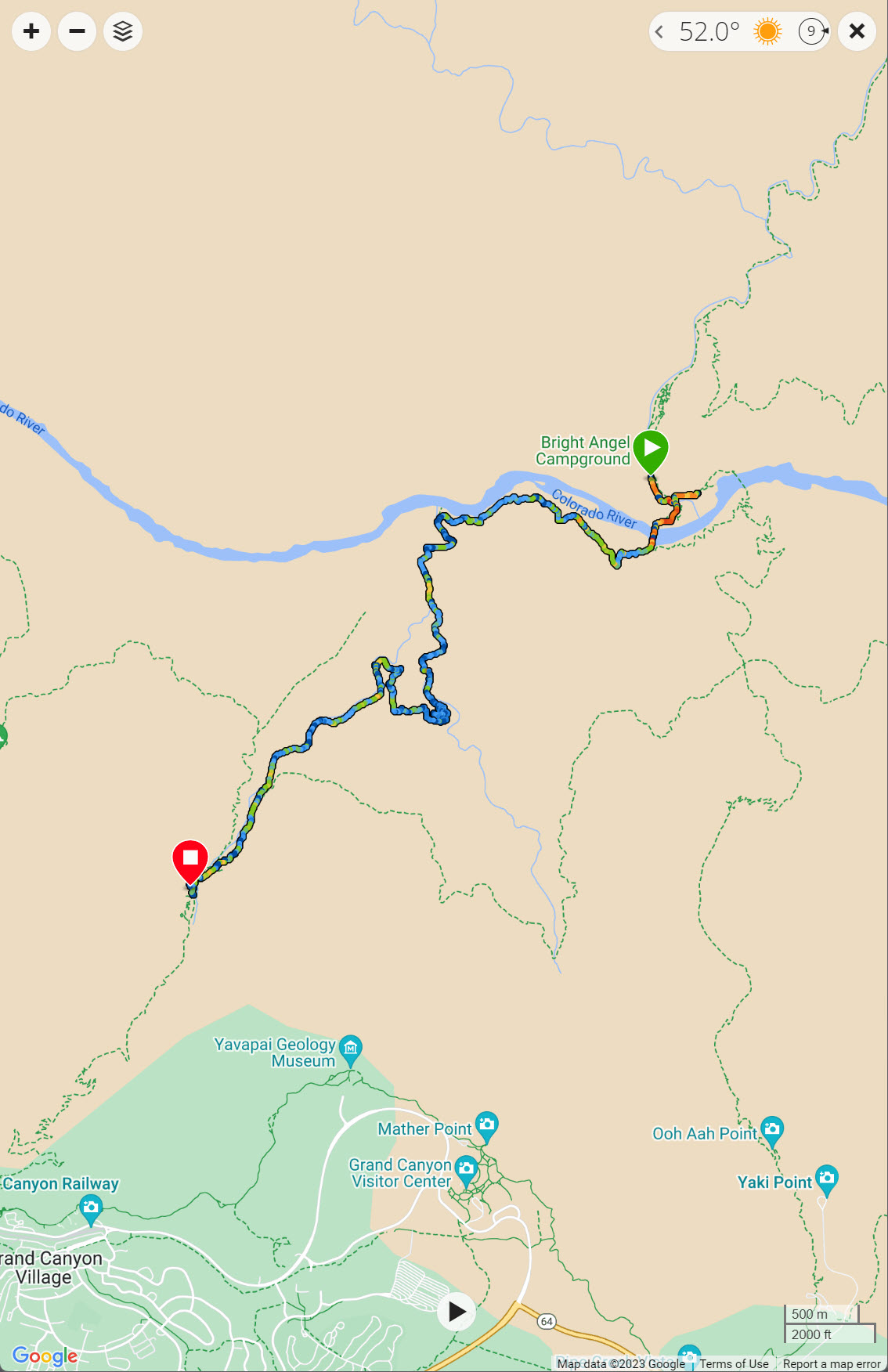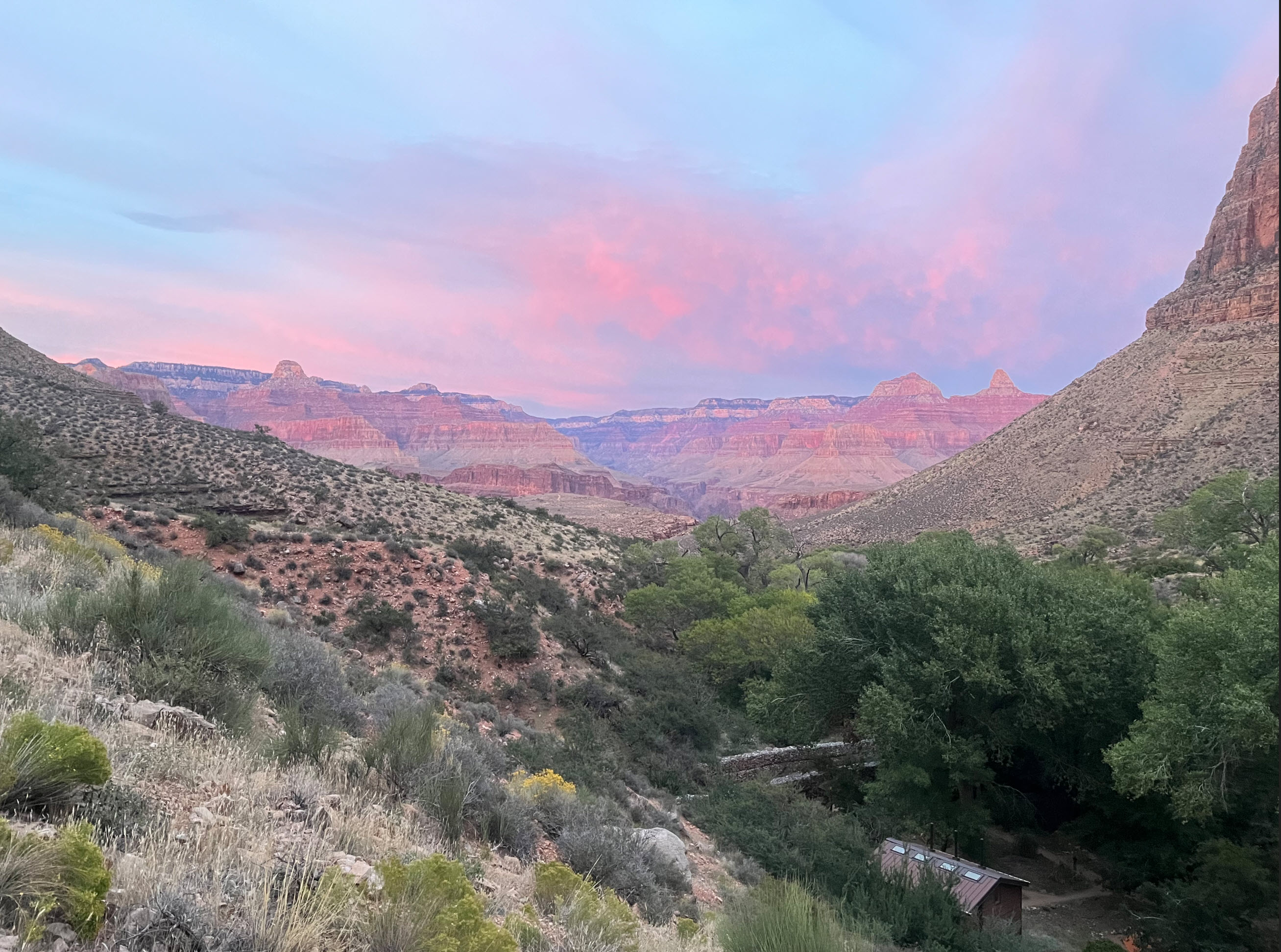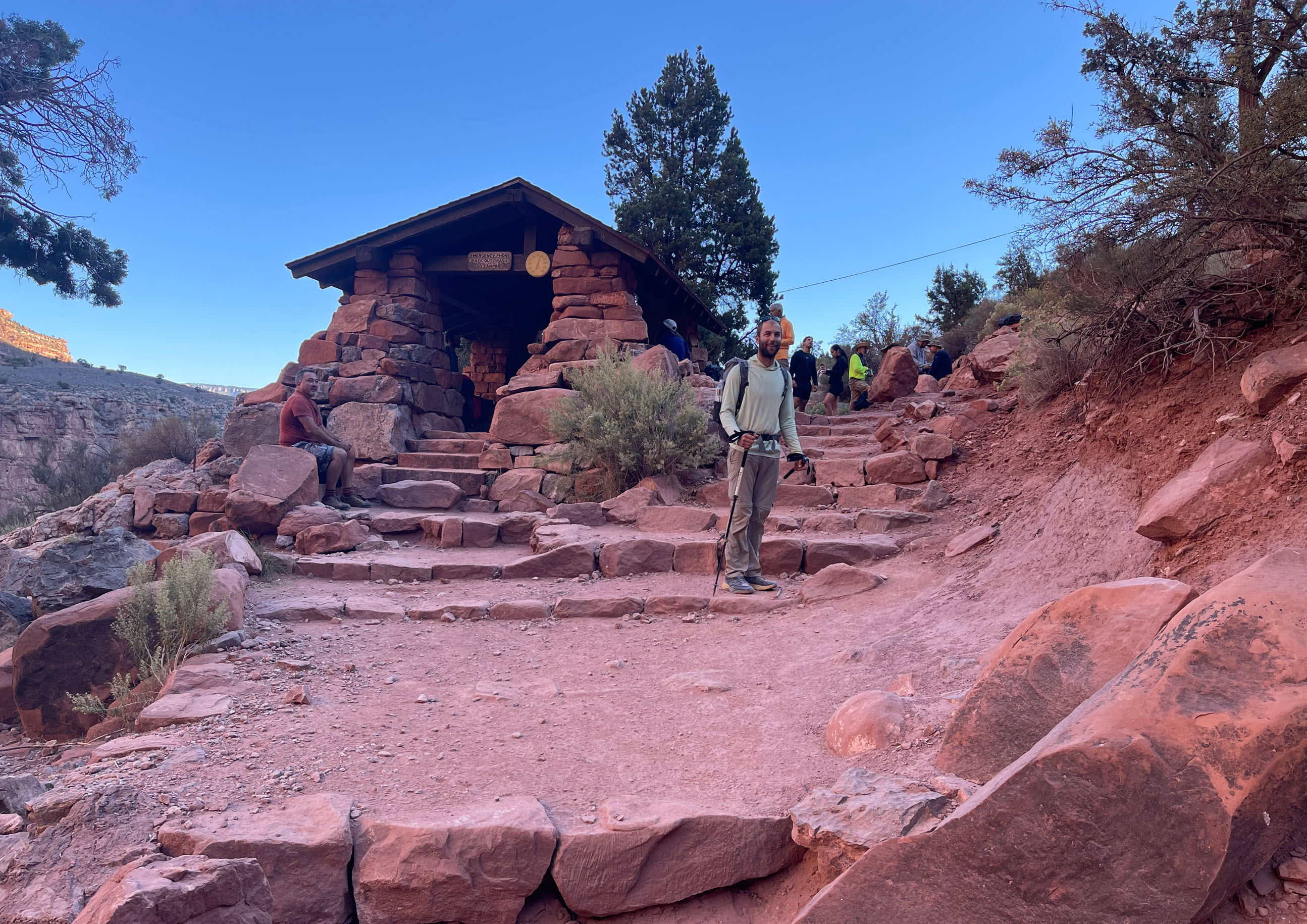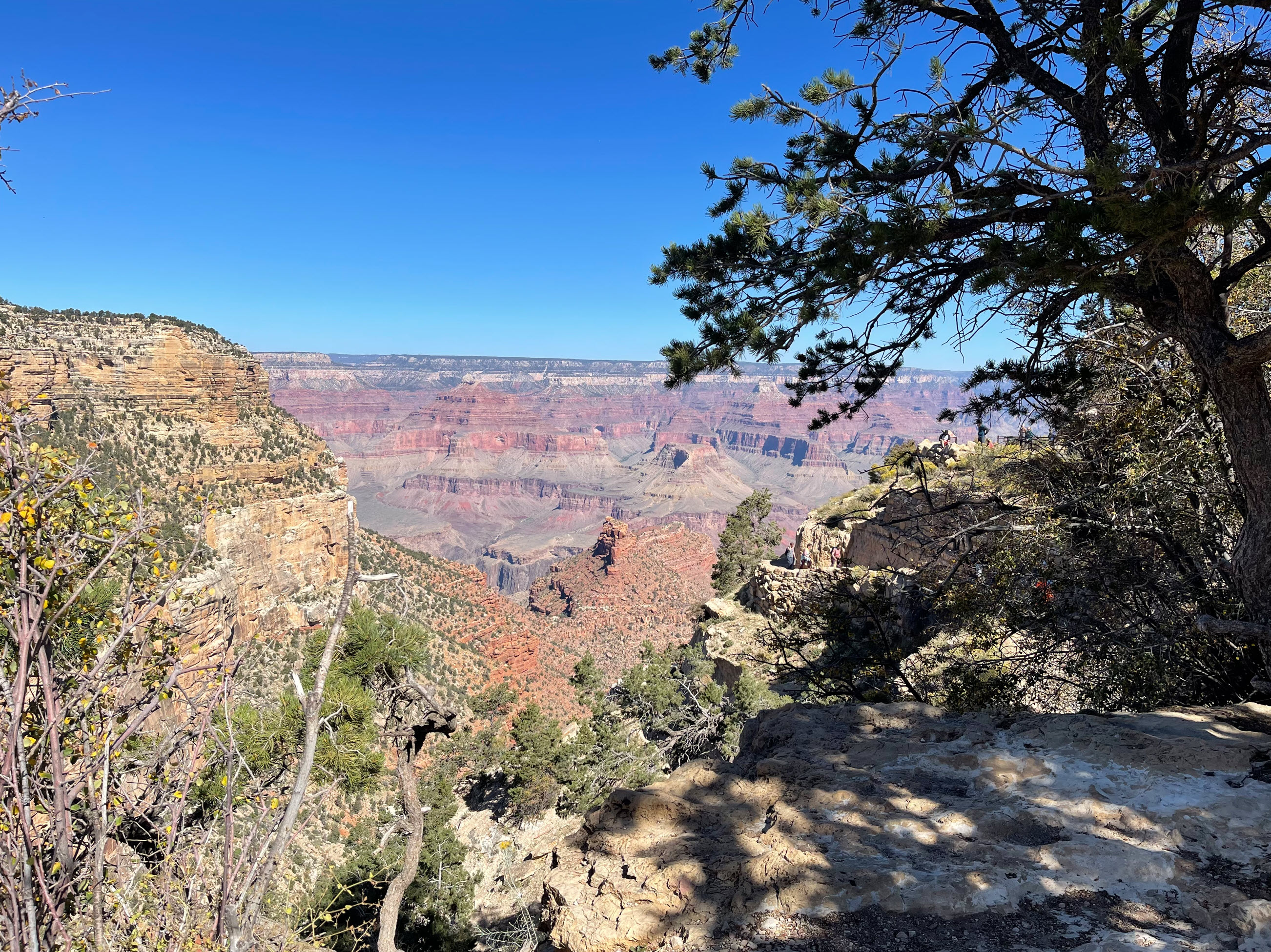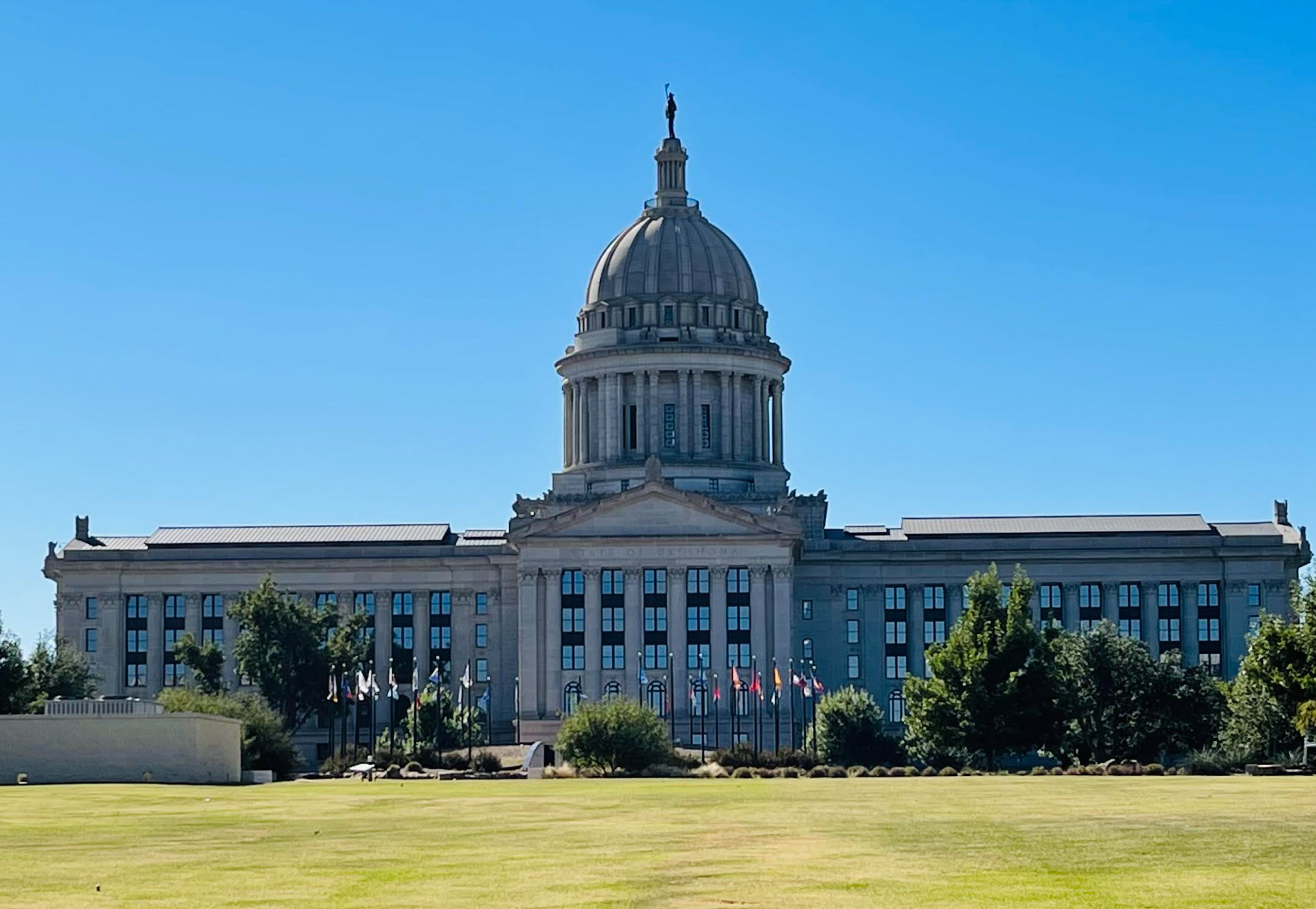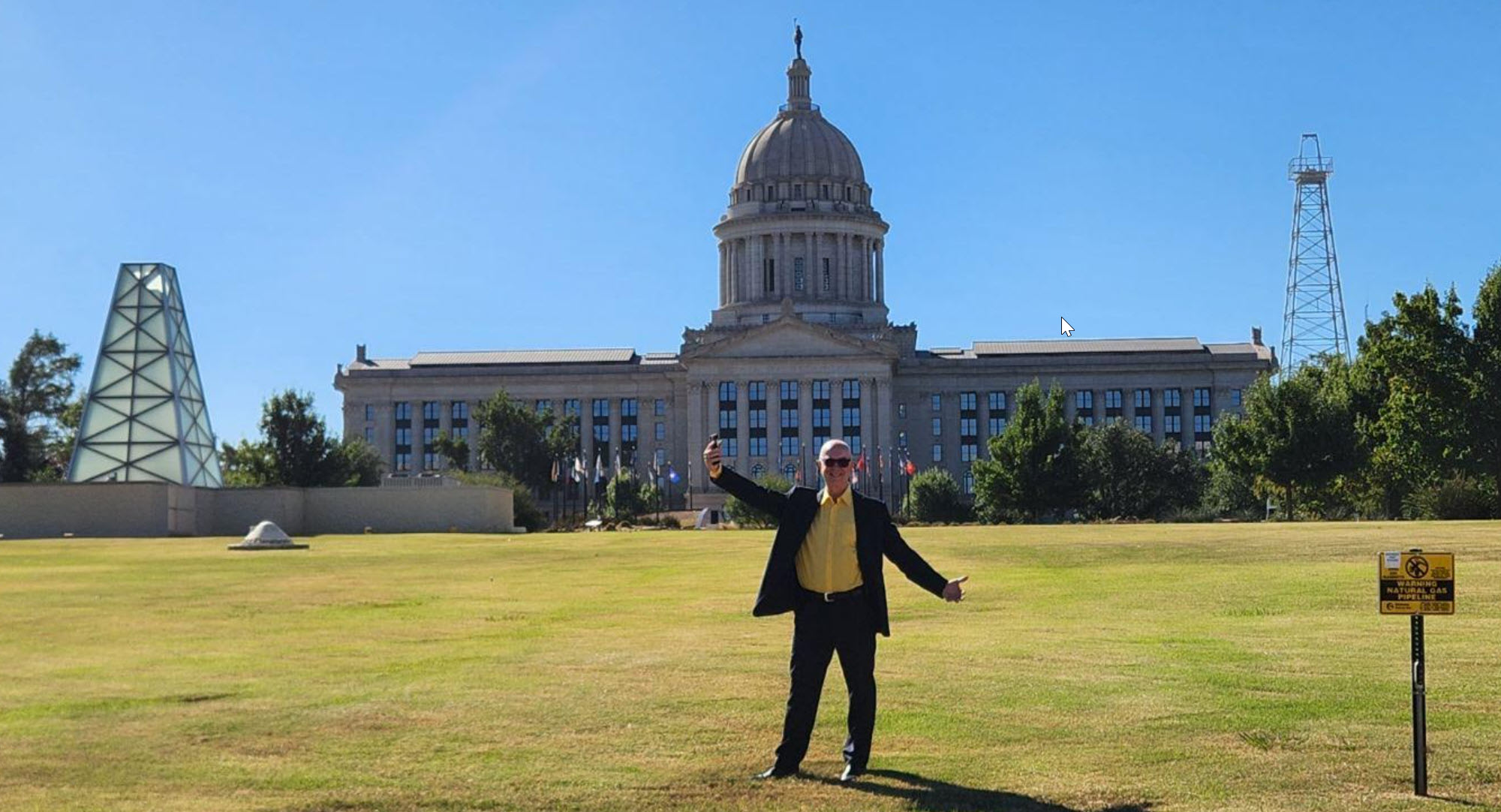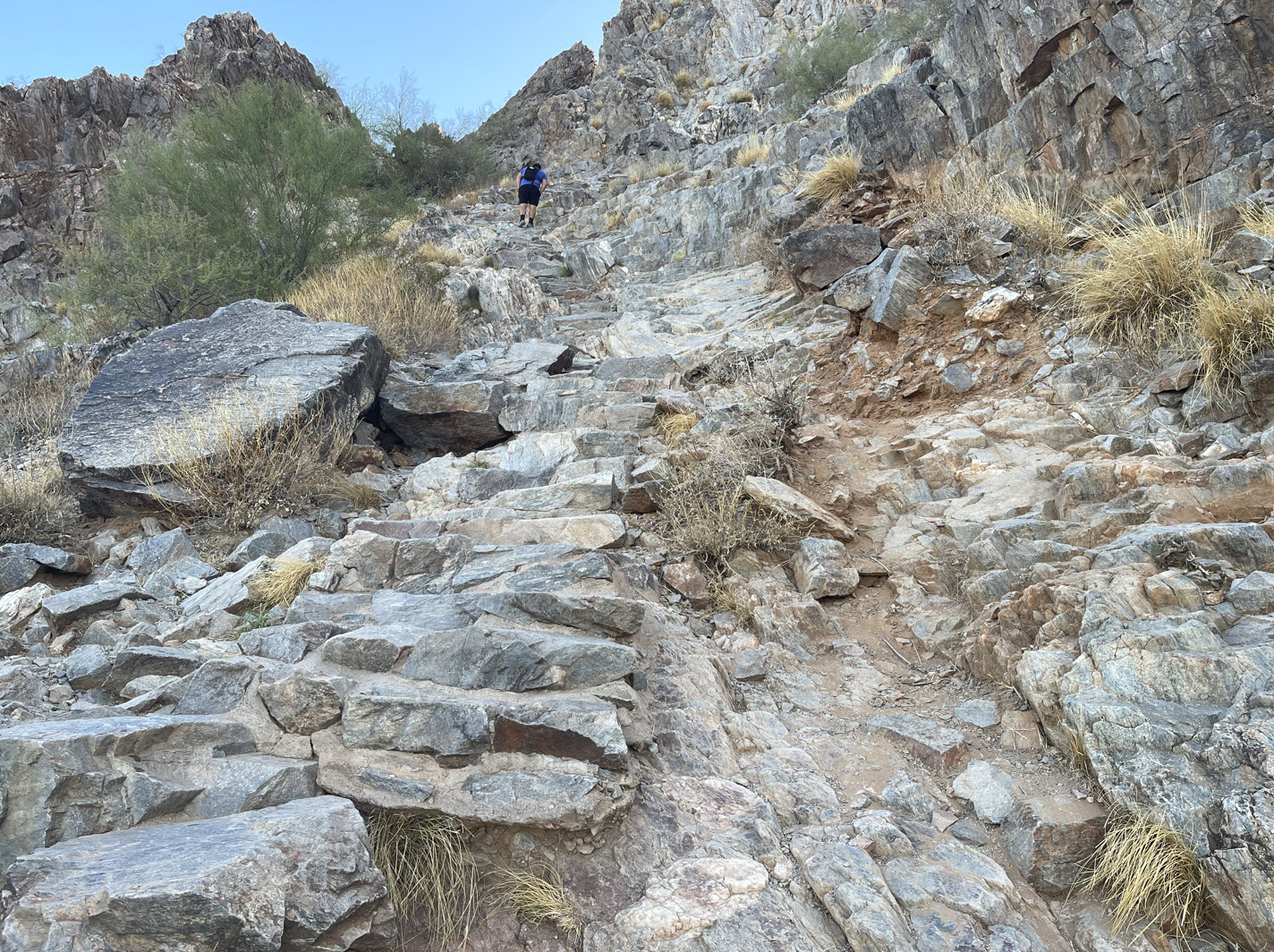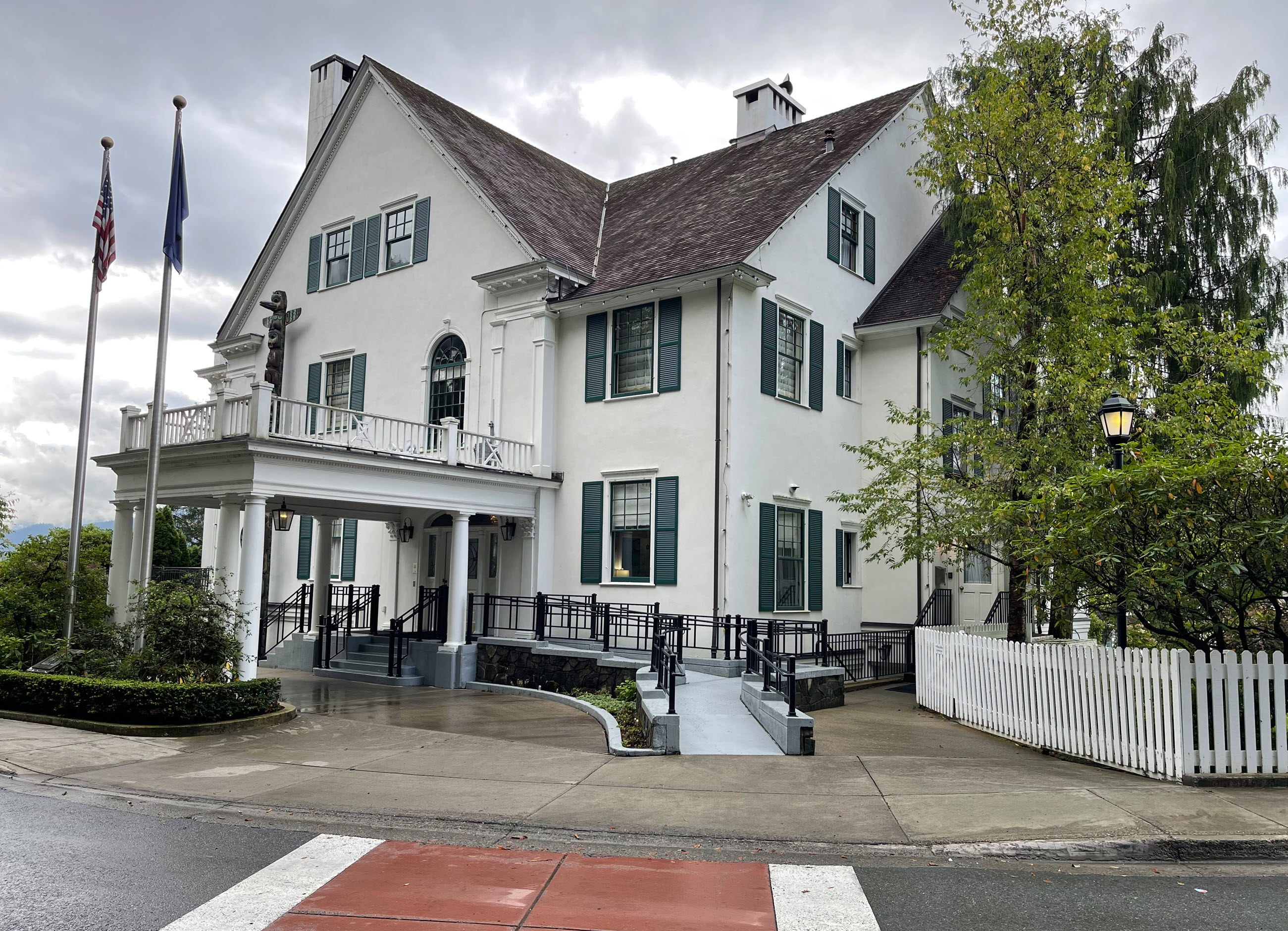When I saw the advertisement for Napoleon by Ridley Scott, I knew I would want to see it. It’s an epic movie about an epic life. Since I am familiar with the life of Napoleon, the movie helped me associate visual images with my knowledge of this life. As it usually goes, the film glossed over many, many details. The steps in his rise in the movie were enormous. He went from captain to brigadier general in just a few minutes. He jumped from Egypt to Austerlitz in another few minutes, his return from Elba was one scene, and then we were at Waterloo.
That’s not how it went.
I read the biography Napoleon, a life by Andrew Roberts in 2015. There may be more books written about Napoleon than any other figure in history. Roberts’ book presents new material based on the 33,000 letters Napoleon wrote over the course of his life, sometimes as many as 30 a day. His letter-writing is also highlighted in this movie, particularly in letters to Josephine, but also to his brothers and mother. That’s how the man communicated.
Napoleon was idolized by his soldiers. That came through in the movie. But he was also a killing machine. During the 15 years he was in power, he conscripted millions of young French men away from their farms, shops, factories and schools into the military, just to lead them into endless battles to be brutally killed. Many battles “only” had 4,000 killed or wounded. Others 30,000 or more. Of the 600,000 men he took into Russia, eventually reaching Moscow, only about 40,000 came back home. Most of the men did not die in battle, they died of Typhus and other diseases, fatigue, starvation, and on the way home in the winter, the brutal, relentless cold of the Russian winter. During his reign, he led 61 battles and was basically responsible for the deaths of three million people!
Reading about the movie, I picked up a bit of trivia from IMDb: While never directly addressed, the black French general who appears in several scenes, played by actor Abubakar Salim, is credited as General Dumas. This was the real figure of Thomas-Alexandre Dumas, a Haitian-born general who commanded troops during the Napoleonic Wars, and was the father of writer Alexandre Dumas. A brilliant tactician in his own right, he was nicknamed “The Black Devil” by contemporary revolutionaries.
Joaquin Phoenix does a great job portraying Napoleon, in a movie of large-scale scenes, stunning visuals and backdrops and dynamic battle sequences. As with all war movies, I walked out stunned, wondering what sense it made for people to march into battles in the 18th century that were certain slaughters.
It takes a lot of me.
